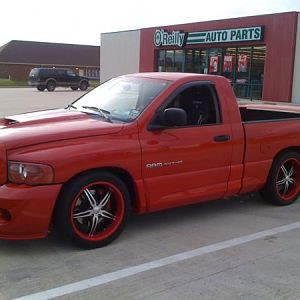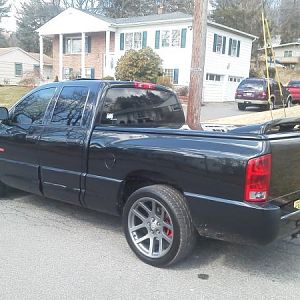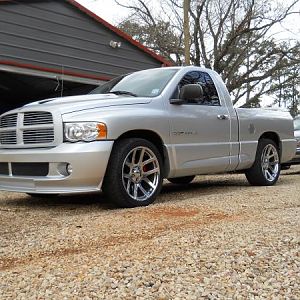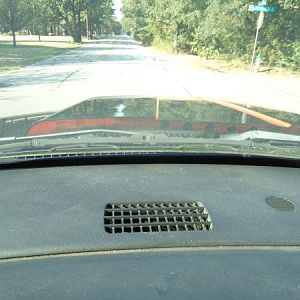Lived in Burbank Ca. at the ime (10 years old) not far from Lockheed, got to go the plant and checkout the planes bring assembled, even into the wings.
After the crashes ( during the investigations) the wings were found to have bunches of leftover stuff just floating around. Things like tools ,vacum cleaners, old lunches, pop bottles.............did not help the reputation of the planes quality on top of the stuctural problems
 http://www.enginehistory.org/the_making_of_a_flight_engineer_(5).htm ( read this Squidly
http://www.enginehistory.org/the_making_of_a_flight_engineer_(5).htm ( read this Squidly)
The Lockheed L188 Electra has the distinction of being the only large American turboprop airliner. An excellent aircraft, the Electra was beset by unfortunate and severe structural problems, and then was surpassed by rapid improvements in pure jet aircraft. The Electra was first developed in response to an American Airlines request for a medium-size short-haul airliner for US inter-city routes. However, Eastern wanted a larger plane, and negotiations led to the development of the final Electra specs. American and Eastern placed the first orders (for 35 and 40 planes, respectively), and American received the first Electra on December, 1958 (although it could not fly the first service due to a strike, and Eastern was left with this honor). The orders came rapidly then, from many US and Asian operators, as well as KLM in Europe.
However; two Electras were found to have broken up in flight (they crashed in 1959 and 1960), and a structural fault was suspected. After a speed limit was imposed, Lockheed began looking for the answer, which it found in the phrase "whirl mode". If damaged, the engine mountings developed a harmonic with the wing when a whirl mode oscillation was generated, and this eventually tore the wing off the aircraft. The fix was not cheap, but it was effective. However, by then the Electra's reputation was tarnished, and many airlines shied away from the plane - only 26 more were sold. The existing Electras continued to boast excellent reliability and economics, and were not replaced until modern short-range jets became available. The Electras were then sold to other airlines or converted to freighters, and many are still flying today.
The virtues of the Electra were not ignored by the military, since it was developed into the US Navy's highly successful P-3 Orion and other sub chasers
















